Asenware Smoke Detector AW-CSD311
KSh 25,000.00 Original price was: KSh 25,000.00.KSh 2,000.00Current price is: KSh 2,000.00.
AW-CSD311 is photoelectric smoke detection. For combined smoke and heat detection,
Categories: intruder alarm, Security, Security accessories
Asenware Smoke Detector AW-CSD311 is a conventional photo-electronic smoke detector designed to provide reliable open-area protection in various residential, commercial, and industrial environments. It utilizes a state-of-the-art optical sensing chamber to detect smoke particles, triggering an alarm when smoke levels reach a predetermined threshold.
Key Features and Characteristics for Asenware Smoke Detector:
- Photoelectric Sensing Technology: The AW-CSD311 employs photoelectric technology, which works by detecting the scattering of light when smoke enters its chamber. This method is highly effective for detecting slow-burning, smoldering fires that produce significant amounts of smoke.
- Conventional (Two-Wire) Design: This detector operates within a conventional fire alarm system, typically using a two-wire connection for both power and communication with the fire alarm control panel (FACP). This simplifies installation and wiring complexity.
- Wide Operating Voltage Range: With an operating voltage range of 9 to 28 VDC (non-polarized), the AW-CSD311 offers flexibility in power supply connections and ensures stable operation across varying voltage inputs.
- Remote LED Indicator Output: The detector includes an output for a remote LED indicator, allowing for visual alarm notification in more visible locations, especially when the detector itself is in a less accessible area.
- SMT Design for High Stability: Utilizing Surface Mount Technology (SMT), the AW-CSD311 boasts a compact and robust design, contributing to high stability and reliable performance over time.
- Strong Adaptability for Circumstance: Engineered to perform reliably in a range of environmental conditions, including varying temperatures and humidity levels. Its operating temperature range is from -10°C to 50°C (14°F to 122°F), and it can handle humidity up to 95% RH (non-condensing) at 40°C.
- Metal Shield & Anti-Electromagnetic Interference (EMI): The inclusion of a metal shield enhances the detector’s resistance to electromagnetic interference, ensuring accurate detection and minimizing false alarms.
Typical Applications:
- Residential buildings (apartments, homes)
- Commercial spaces (offices, retail stores)
- Hotels, restaurants, and teaching buildings
- Electronic computer rooms and communication rooms
- Libraries, archives, and book stacks
- Stairwells, walkways, and elevator machine rooms
Be the first to review “Asenware Smoke Detector AW-CSD311” Cancel reply
Related products
KSh 2,600.00
KSh 20,000.00
intruder alarm
KSh 45,000.00
KSh 19,000.00
Sale!
KSh 4,000.00
KSh 150,000.00
Security
KSh 15,000.00


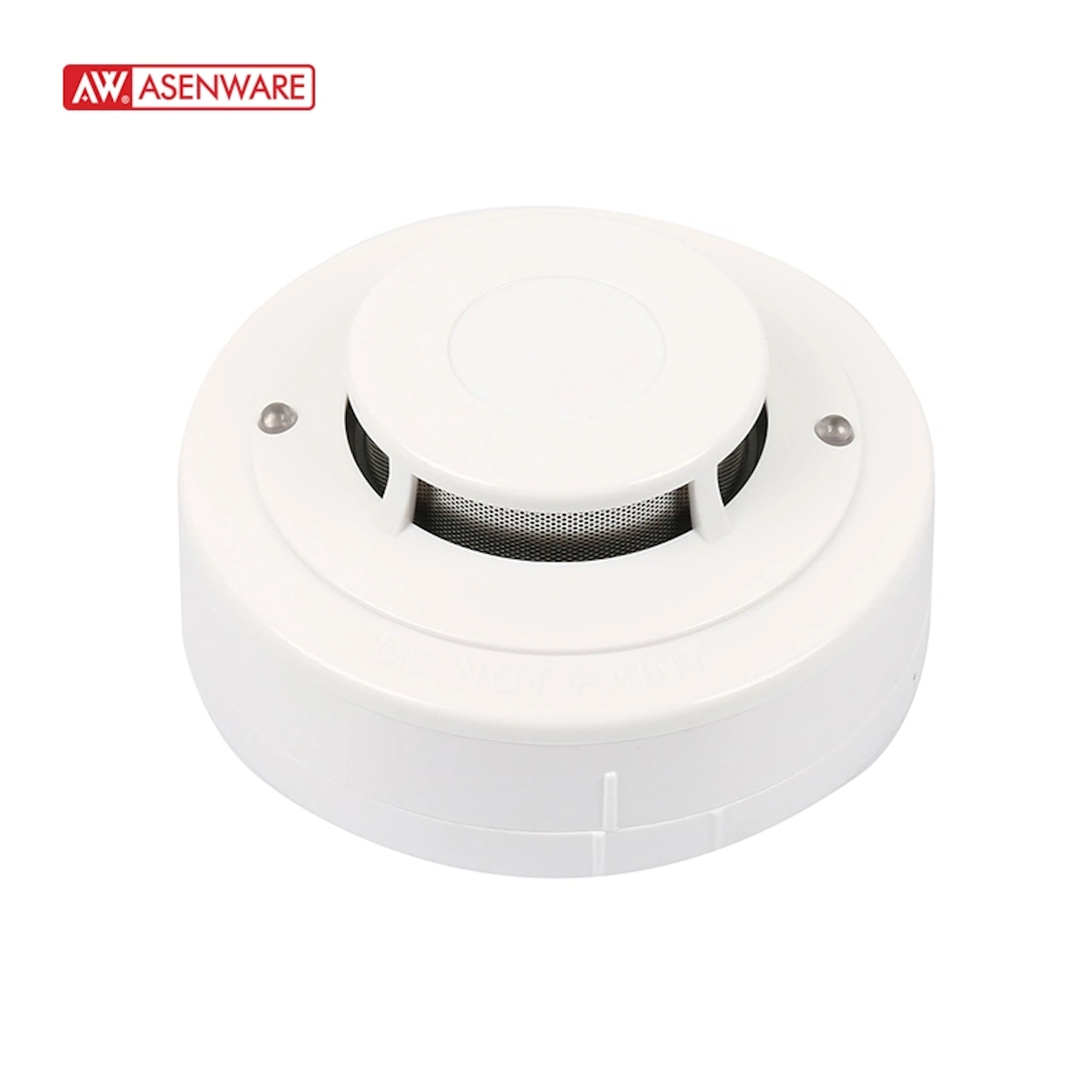
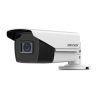
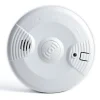
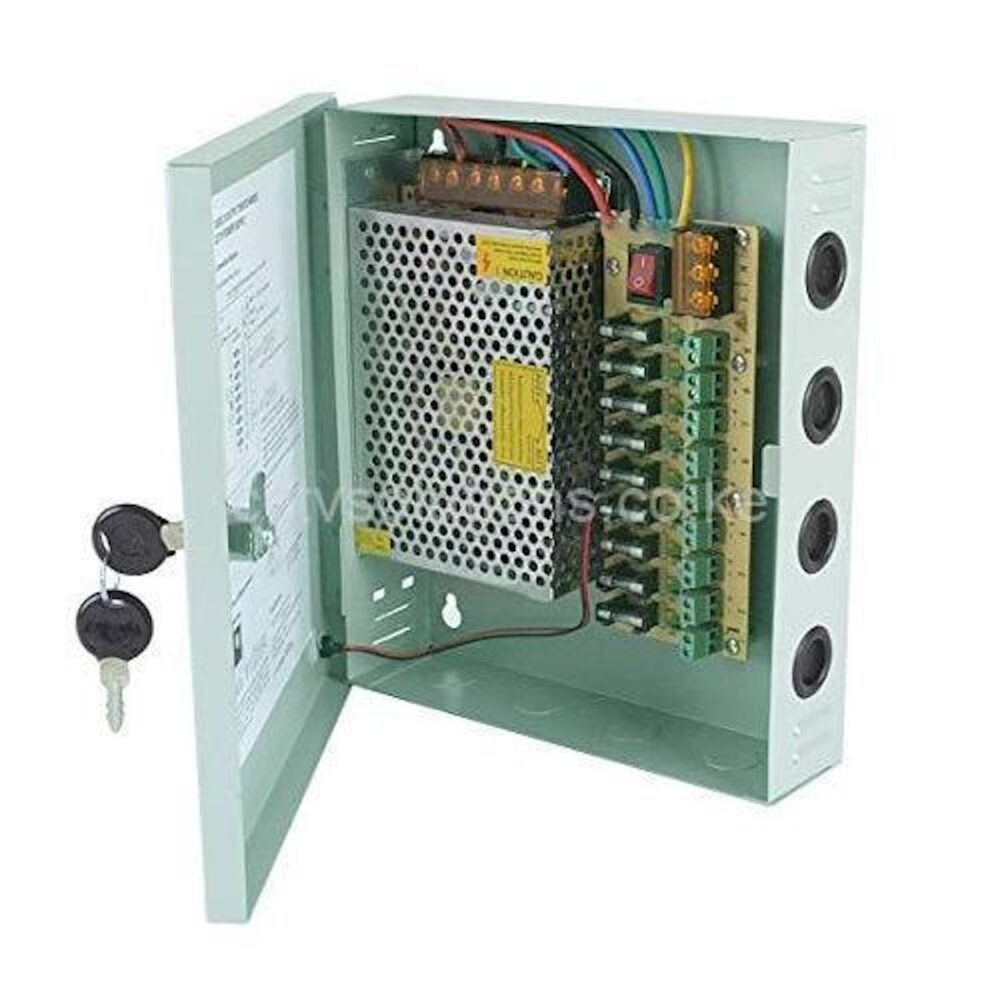
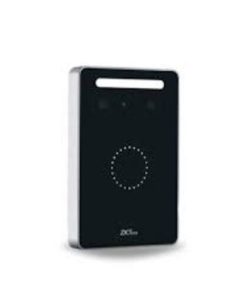
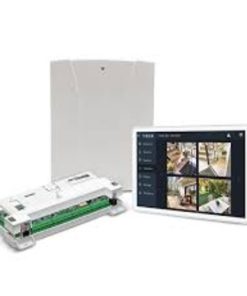
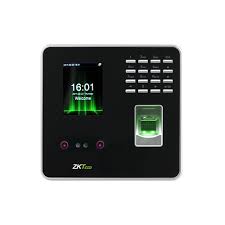
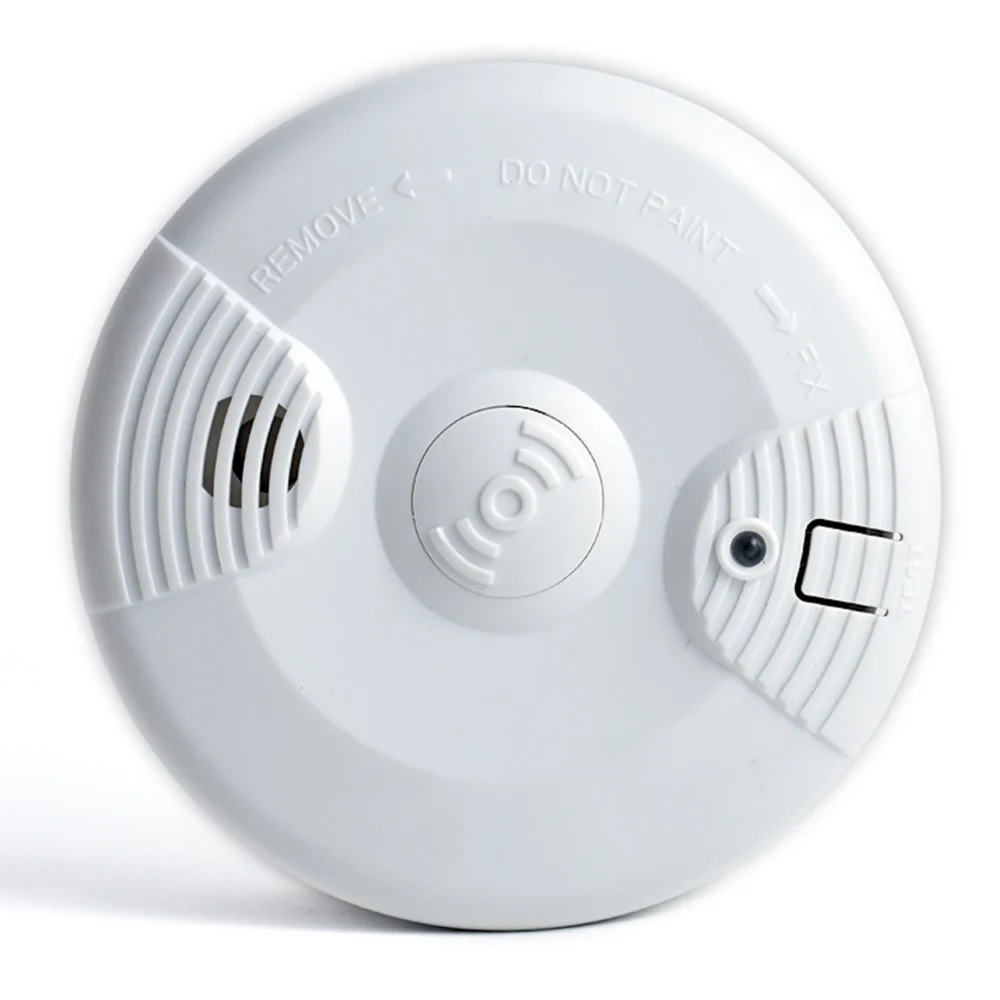
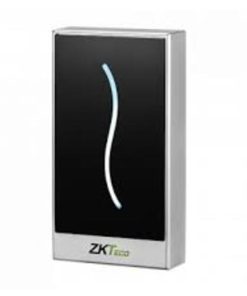
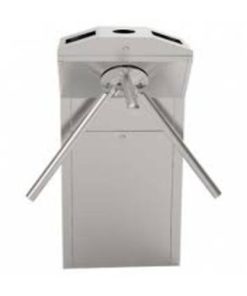
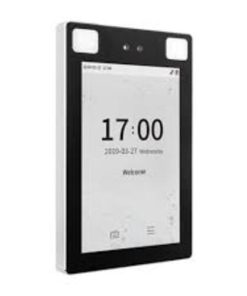
Reviews
There are no reviews yet.